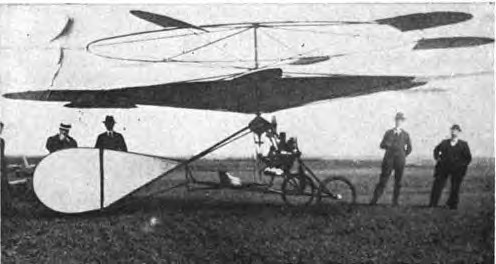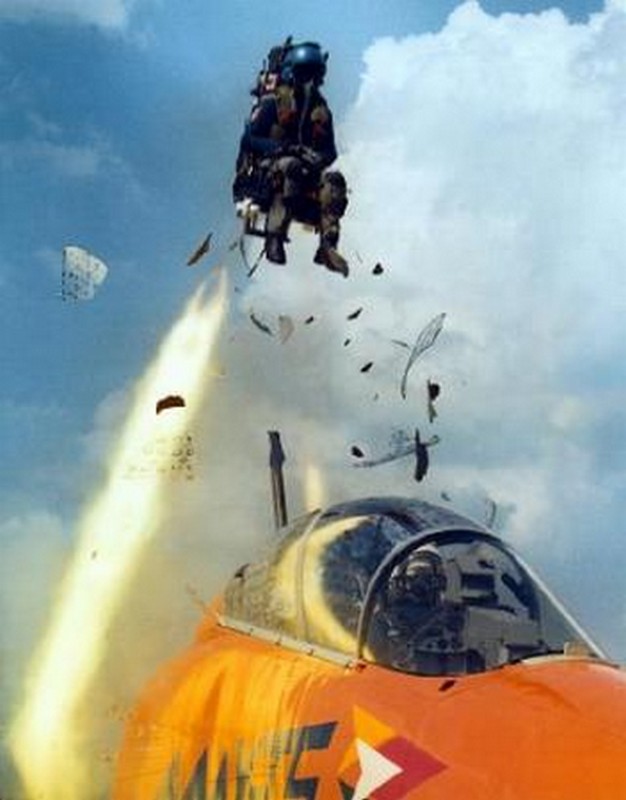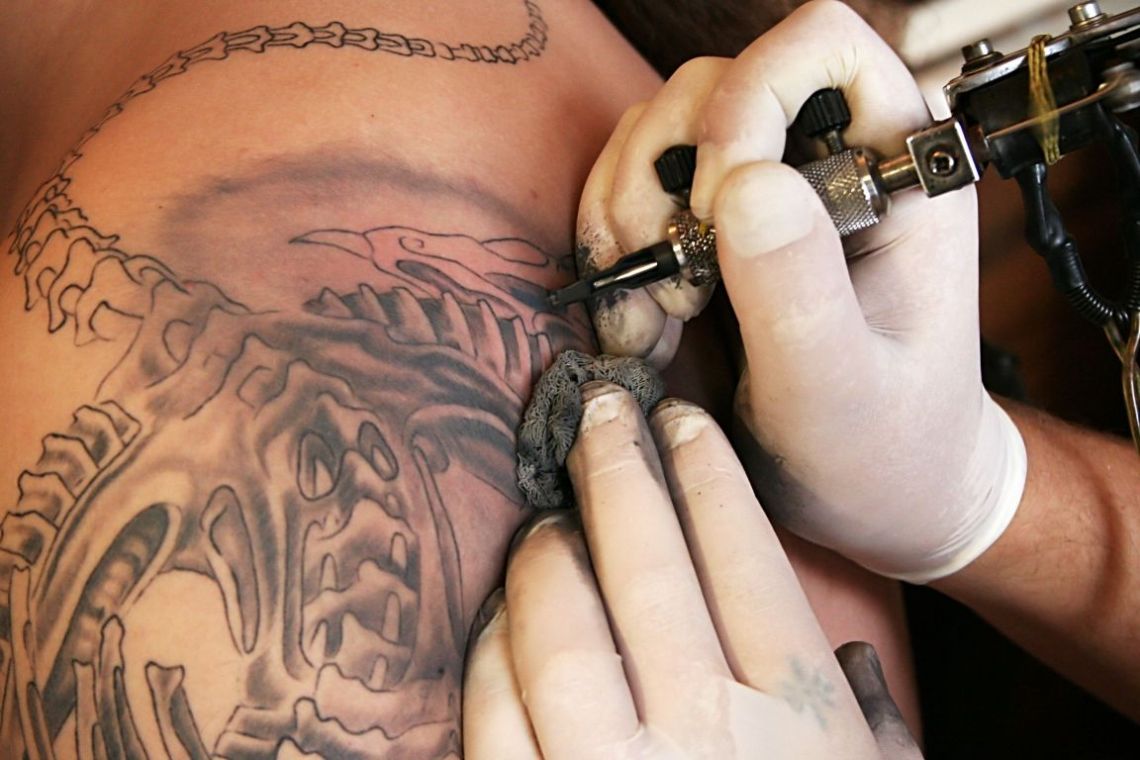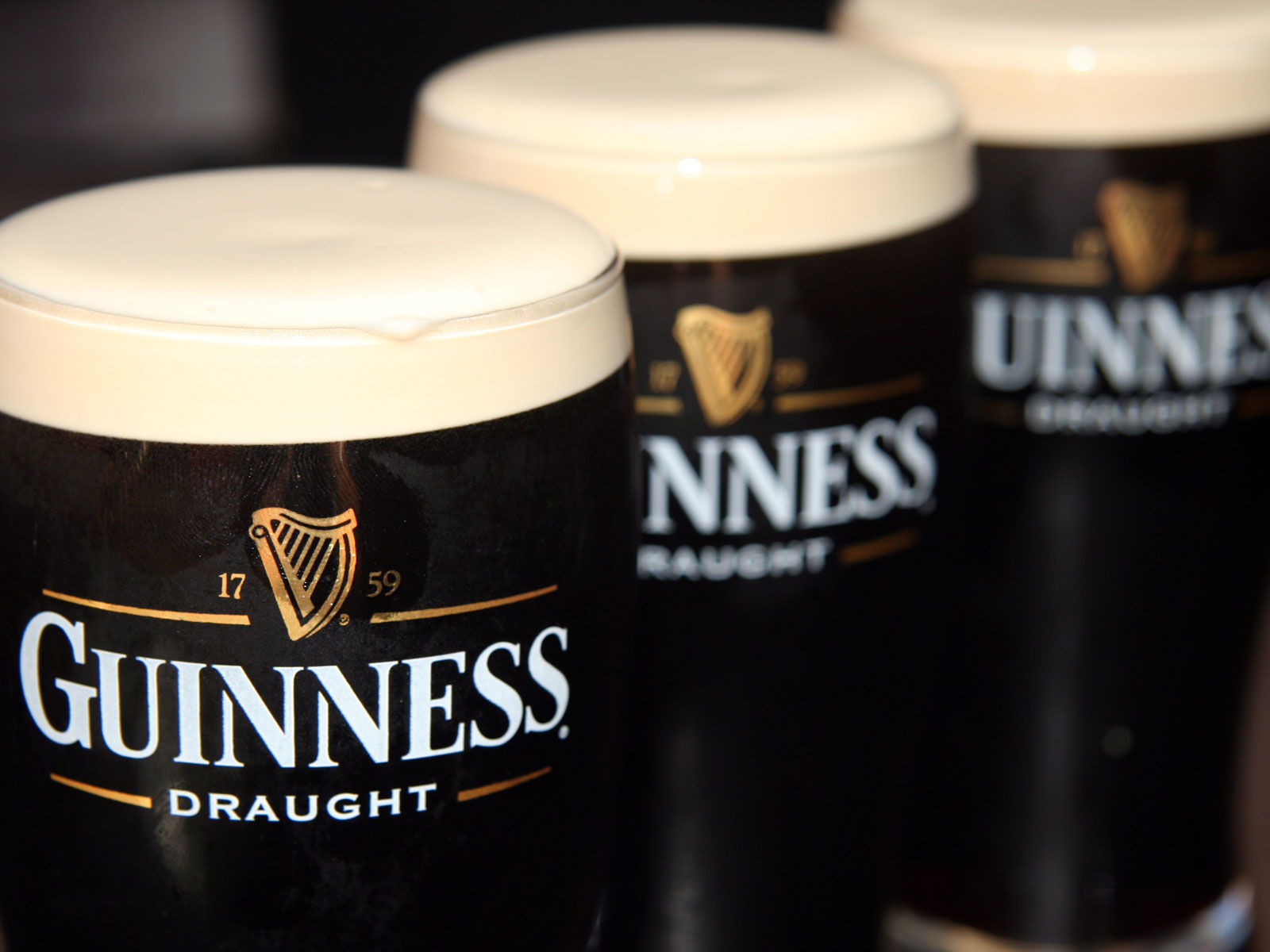A very happy St. Patty’s Day to you all! While we already have some pretty great reasons to love the Irish—Guinness, Colin O’Donoghue, and Irish soda bread, just to name a few—Ireland has actually done more for you than you’ve ever realized. Irish engineers and inventors are responsible for some of the world’s most innovative and influential technology. Take a look:
7. The tank: 
This pivotal invention of war came through the mind of one Blackrock, Dublin native: engineer Walter Gordon Wilson. Back in 1911, UK home security Winston Churchill issued a commission for a battle vehicle “capable of resisting bullets and shrapnel, crossing trenches, flattening barbed wire,” and so on. Wilson came up with the world’s first tank, an armored vehicle that was nearly impossible to stop with any of the other weapons of the time. Obviously Churchill—and the rest of the world—were thrilled with his contraption. They were produced so quickly that 49 tanks were used in the Battle of the Somme just five years later during WWI, the very first time we used tanks in battle.
6. The world’sfirst functioning helicopter (and a few years later,it’s first ejector seat):
We can thank engineer Louis Brennan of Castlebar, County Mayo, for a lot of things. As well as the world’s first guided missile, which wound up being used as a coastal defensive weapon, Brennan is also credited as the first person to create an actual functioning helicopter…

…although his prototype did literally crash and burn in 1925, which might have been what promoted his fellow Irishmen Sir James Martin of County Down to come up with the world’s first ejector seat.

Martin very wisely tested his invention on a dummy in 1945 before allowing one Bernard Lynch to become the first human subject, after which it was very quickly adopted by the Royal Air Force as standard safety equipment.
5. The Submarine:

Yeah, don’t let England fool you—the first submarine also came from the shores of the Emerald Isle, back in 1881. John Philip Holland of County Clare was the very first person to successfully launch a submarine, probably terrifying everyone around him: “An underwater boat, Holland? Are you insane?”
Holland named the world’s first submarine the “Fenian Ram.” By the time we reached the new century, the US Navy was already commissioning submarine production of their own.

The inventor of this vehicle was known as the “Mad Mechanic,” and as you might imagine, Harry Ferguson led quite a life. Aside from inventing the Ferguson System of tractors, which was patented in 1926, the Mad Mechanic of County Down also created his very own motorcycle, his very own racecar, and his very own plane. The man even built himself his own four-wheeled Formula-One car—also the first one of those in the world. Despite Louis Brennan beating him to the helicopter, Ferguson was also the first Irishman to fly, taking to the air in 1909. The term “need for speed” might very well have been invented to describe this man’s existence.

Thomas Edison was actually the first to create an “electric pen” in 1876, which he made as a duplicating device. But in 1891 a young Irish immigrant by name of Samuel O’Reilly, who was already an established tattoo artist here in the States, discovered a way to make Edison’s original design so much cooler. He modified Edison’s technology so it could be used to introduce ink into the skin. O’Reilly later combined this modification with a patented tube and needle system that provide an ink reservoir, creating the modern tattoo machine.
2. Trans-Atlantic calls, or the Telegraph:

We may not use the telegraph today, but it is an invention that is pretty much responsible for our modern communications technology, and once again we have an Irishmen to thank. In 1865Lord William Kelvin Thomson was knighted for his contributions to the establishment of the Atlantic Telegraph Cable, which stretched from Newfoundland all the way to Valentia in County Cork.
The “Kelvin scale” is named after him, as he also had a prolific interest in thermodynamics and temperature… measurement. I guess.

We can thank Dublin physician Francis Rynd for this medical miracle. Rynd invented the hollow needle used in modern hypodermic syringes, stating its first successful use in an 1845 article in the Dublin Medical Press. This marked the first time a physician could inject a sedative or other fluids directly into their patient’s bloodstream , a huge step for medicine. Rynd originally invented the hollow syringe to help patients who were suffering from neuralgia, a nerve disease which causes a horrific amount of pain. Rynd’s invention can very well be called one of the best advances in modern medicine.
So, there you have it: all the reasons the modern world should be thankful to the Irish. Enjoy your St. Patty’s Day! I know I will.
BONUS INVENTION: Guinness

Oh, come on, I couldn’t end on the hypodermic needle. Plus not including Guinness on this list felt like sacrilege—beer god Arthur Guinness is responsible for one fabulous beverage, with sales today in the billions. Here’s a couple of fun facts about his brewery that you might not know:
Back in 1759, Guinness was so confident in his product that he signed a 9,000 year lease at the St. James’ Gate Brewery. 9,000 years. I guess he was right to be confident, as his drink is literally the most popular alcoholic beverage of all time.
Pouring the perfect pint of Guinness takes 119.5 seconds and a double pour. Also, according to the company Guinness is actually a deep, deep, deep red—not brown—because of the roasting of malted barley during its preparation.
The Guinness Book of World Records was created because of an argument Guinness managing director Sir Hugh Beaver had in 1951 at a hunting party, over whether the golden plover was Europe’s fastest game bird. After he could not find an authoritative book on the subject, Beaver decided there should be one, and commissioned the book’s existence in 1954, where it was handed out to Guinness drinkers in pubs for a couple of years.
Advertisement





